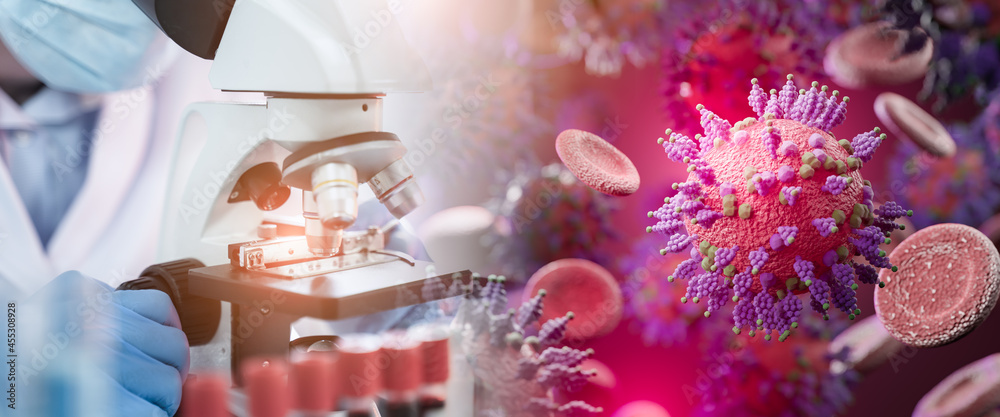
Government Programs for HIV Awareness in South Africa
HIV/AIDS remains one of the most pressing public health challenges in South Africa, affecting millions of lives and impacting families and communities across the nation. Despite significant advances in treatment and care, stigma and misinformation persist, making HIV awareness programs essential for promoting understanding and reducing transmission rates. With around 8 million people living with HIV in South Africa, government initiatives play a crucial role in educating the public, providing services, and combating the stigma surrounding the disease.
Understanding the Concept
HIV (Human Immunodeficiency Virus) is a virus that attacks the body’s immune system, specifically the CD4 cells (T cells), which are crucial for fighting infections. If left untreated, HIV can lead to AIDS (Acquired Immunodeficiency Syndrome), a condition characterized by a severely weakened immune system. In South Africa, the prevalence of HIV is one of the highest in the world, with approximately 19% of adults aged 15-49 years living with the virus, according to AVERT.
The South African government has implemented various programs aimed at increasing HIV awareness, providing testing and treatment, and educating communities about prevention strategies. These initiatives are crucial in addressing the ongoing epidemic and supporting the health and well-being of affected individuals.
Real-World Examples
1. The National Strategic Plan for HIV, TB, and STIs
In 2020, the South African government launched the National Strategic Plan (NSP), which outlines a comprehensive approach to combat HIV, tuberculosis (TB), and sexually transmitted infections (STIs) from 2020 to 2022. The NSP includes key objectives such as:
- Increasing access to HIV testing and counseling.
- Expanding the provision of antiretroviral therapy (ART).
- Strengthening community-based interventions to raise awareness.
This plan has been instrumental in mobilizing resources and coordinating efforts among various stakeholders, including government bodies, non-governmental organizations (NGOs), and community groups.
2. LoveLife Campaign
Another effective initiative is the LoveLife Campaign, which focuses on youth engagement in HIV prevention and awareness. Launched in 1999, LoveLife aims to educate young people about sexual health, relationships, and HIV prevention through various programs and activities. The campaign has successfully reached millions of youth across the country, utilizing innovative approaches such as social media, outreach events, and peer education.
One notable success story is the LoveLife “Youth Ambassadors” program, where young people are trained to lead discussions in their communities about HIV prevention and sexual health. This grassroots approach has proven effective in reducing stigma and encouraging open conversations about HIV.
Benefits and Challenges
Benefits
- Increased Awareness: Government programs have significantly raised awareness about HIV, leading to more people getting tested and seeking treatment.
- Access to Services: Initiatives like the NSP and LoveLife ensure that vital services are accessible, especially in rural and underserved areas.
- Community Engagement: Programs that involve community members foster trust and encourage participation, leading to more sustainable outcomes.
- Reduction in Stigma: Education and awareness campaigns help to combat the stigma associated with HIV, allowing individuals to seek help without fear of discrimination.
Challenges
- Limited Resources: Government programs often face budget constraints, which can limit their reach and effectiveness.
- Stigma and Misinformation: Despite efforts, stigma and myths surrounding HIV persist, hindering people from accessing testing and treatment.
- Health System Strain: The high number of people living with HIV puts a significant strain on the healthcare system, affecting the quality and availability of services.
- Geographic Disparities: Access to HIV services can vary greatly between urban and rural areas, with many rural communities lacking adequate facilities.
Expert Opinions & References
Experts emphasize the importance of ongoing education and support in the fight against HIV. Dr. Nono Simelela, Deputy Director-General of the Department of Health, states, “Comprehensive sexual education and awareness campaigns are vital for empowering individuals to make informed choices about their health. We must continue to innovate and adapt our strategies to meet the needs of our communities.”
For more detailed information and resources, you can refer to the following:
- South African Department of Health
- World Health Organization – South Africa
- South African HIV Clinicians Society
FAQs
1. What is the role of the government in HIV awareness in South Africa?
The South African government plays a crucial role in HIV awareness through various programs designed to educate the public, provide testing and treatment services, and reduce stigma. These initiatives are part of broader health strategies aimed at combating the HIV epidemic.
2. How effective are government programs in reducing HIV transmission rates?
Government programs have been effective in increasing awareness and access to treatment. For instance, the implementation of the National Strategic Plan has contributed to a significant increase in the number of people receiving antiretroviral therapy, thereby reducing transmission rates.
3. What should individuals do if they suspect they have HIV?
If someone suspects they have HIV, it is crucial to get tested as soon as possible. They can visit local clinics, hospitals, or designated testing centers to access confidential testing and counseling services. Early diagnosis and treatment are essential for managing the condition effectively.
4. How can individuals contribute to HIV awareness in their communities?
Individuals can contribute by participating in local awareness campaigns, volunteering with organizations focused on HIV education, and engaging in open discussions about sexual health and prevention strategies within their communities.
The fight against HIV in South Africa is ongoing, but through robust government programs and community involvement, significant strides are being made in increasing awareness and reducing transmission rates. By continuing to educate the public and provide essential services, South Africa can work towards a future where HIV is no longer a public health crisis, but a manageable condition. The commitment of both the government and citizens is vital to achieving this goal, ensuring that everyone has access to the information and resources they need to lead healthy lives.

